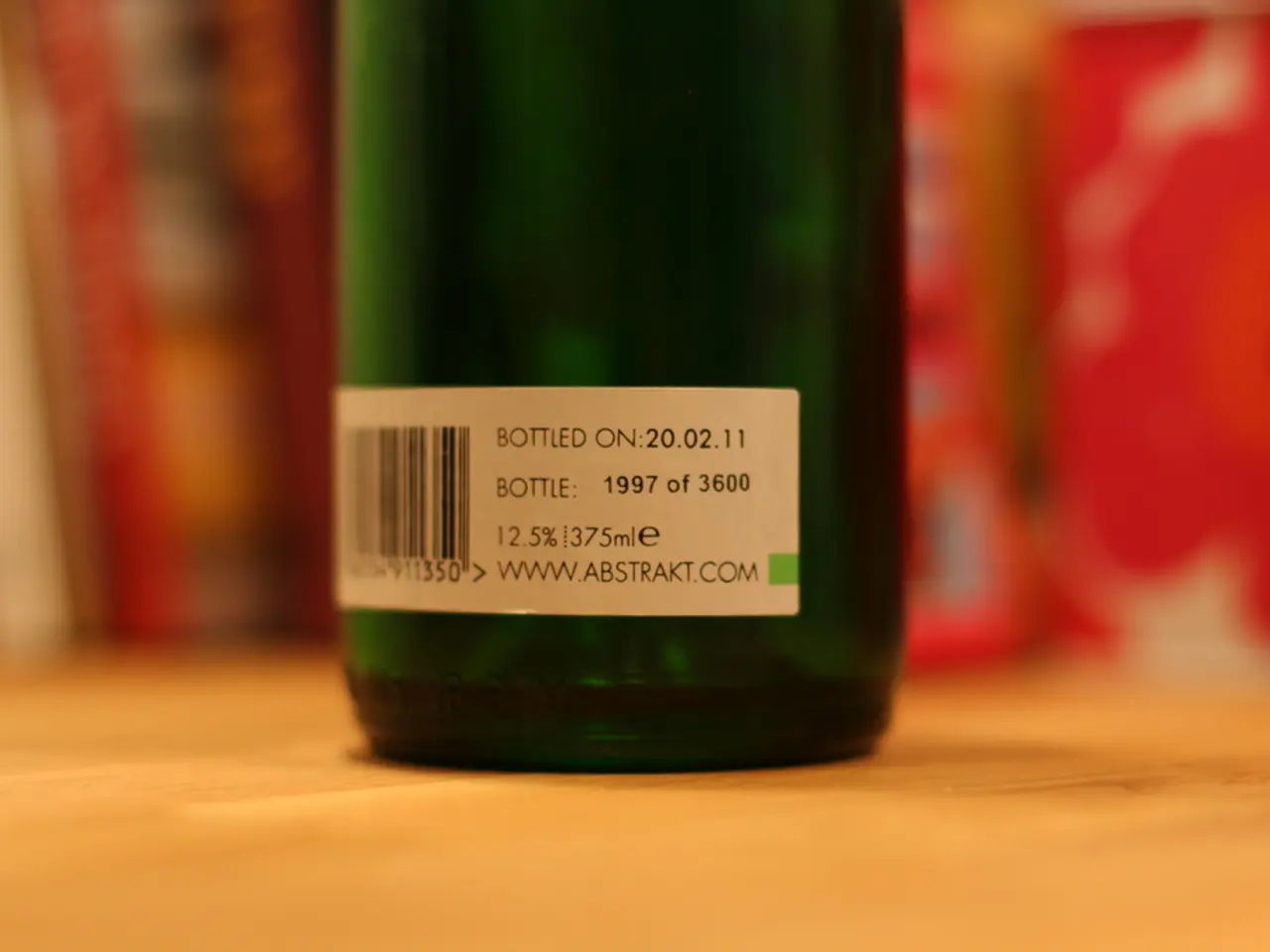Skin irritation from rings: Identifying causes, recognizing symptoms, and seeking effective treatment options
Ring rash, a skin condition that often develops under a ring, is a common issue faced by many jewelry wearers. This condition can affect anyone who wears jewelry continuously for several years, regardless of their skin type or pre-existing conditions [1][2].
The primary causes of ring rash are trapped moisture, poor hygiene, an improper fit, or allergic reactions, particularly to metals like nickel [1]. The irritation often results from moisture trapped under the ring, causing redness, itchiness, and sometimes fungal infections [1]. Poor hygiene, with buildup of dead skin and grime, can promote bacterial growth and skin irritation [1]. Allergic reactions, especially to nickel found in cheaper or costume jewelry, can cause rashes, swelling, itching, and sometimes hives, impacting both people with and without pre-existing eczema [2][3][4].
To prevent and manage ring rash, several home treatments are recommended. Removing the jewelry periodically, especially during hand washing, heavy activity, or rest, allows the skin to dry and breathe [1]. Regularly cleaning the jewelry with warm water and mild soap helps reduce bacteria and grime buildup [1][2]. Choosing high-quality, hypoallergenic metals like titanium, tungsten, or ceramic rings can help prevent allergic reactions [1][2].
If a rash develops, thoroughly cleaning the affected skin with gentle soap, avoiding wearing any rings until fully healed, and keeping the area dry are crucial steps [1]. In addition, applying clear nail polish as a home treatment can create a barrier between the metal allergen and the skin [1].
However, if symptoms persist or worsen, medical attention may be necessary. A healthcare professional can prescribe stronger medications for ring rash, including topical steroid cream or medications to treat inflammation and allergic reactions [1]. In severe cases, oral or topical antibiotics may be required if an infection develops [1].
It's essential to be aware of the symptoms of ring rash, which include red, scaly, or itchy patches, discoloration, swelling, a burning sensation, dry skin that may crack and bleed [1]. If ring rash develops blisters, immediate medical advice should be sought, as it may signify a more severe infection [1].
In conclusion, by adopting good hygiene practices, choosing hypoallergenic jewelry, and being mindful of the signs of ring rash, you can effectively manage this common skin condition and maintain the health of your skin.
References: [1] Mayo Clinic. (2021). Ring rash: Symptoms and causes. https://www.mayoclinic.org/diseases-conditions/ring-rash/symptoms-causes/syc-20355309 [2] American Academy of Dermatology. (2021). Ring rash: Causes, symptoms, and treatment. https://www.aad.org/public/diseases/a-z/ring-rash-treatment [3] National Eczema Association. (2021). Nickel allergy and eczema. https://nationaleczema.org/eczema/triggers/nickel-allergy/ [4] American Contact Dermatitis Society. (2021). Nickel. https://www.contactderm.org/allergens/nickel.htm
- Besides ring rash, psoriatic arthritis and migraines are other medical-conditions that can affect the skin, causing discomfort and distress.
- If you have HIV, hepatitis, or a weakened immune system due to a medical-condition, it's crucial to practise skin-care for the prevention of skin infections.
- Additionally, stress can exacerbate skin-conditions such as psoriasis, leading to a flare-up of rash.
- Predictive science in health-and-wellness helps identify potential skin-conditions before they become severe, enabling early treatment and management.
- The prep for a dermatology appointment should include a list of current medications and any pre-existing medical-conditions to aid in a thorough diagnosis.
- AQ (antioxidant-quenchers) are often used in skin-care products for their ability to protect the skin from oxidative stress and potential skin damage.
- When dealing with a rash, it's essential to identify whether it's related to your breast implants or an underlying health issue, as the causes can vary.
- Regularly monitor your skin-care routine to ensure it suits your needs, addressing skin-conditions like ring rash or rashes caused by breast implants.
- Incorporating different aspects of science in our skin-care, such as medical-conditions awareness and hypoallergenic products, will help us maintain our overall health-and-wellness.




